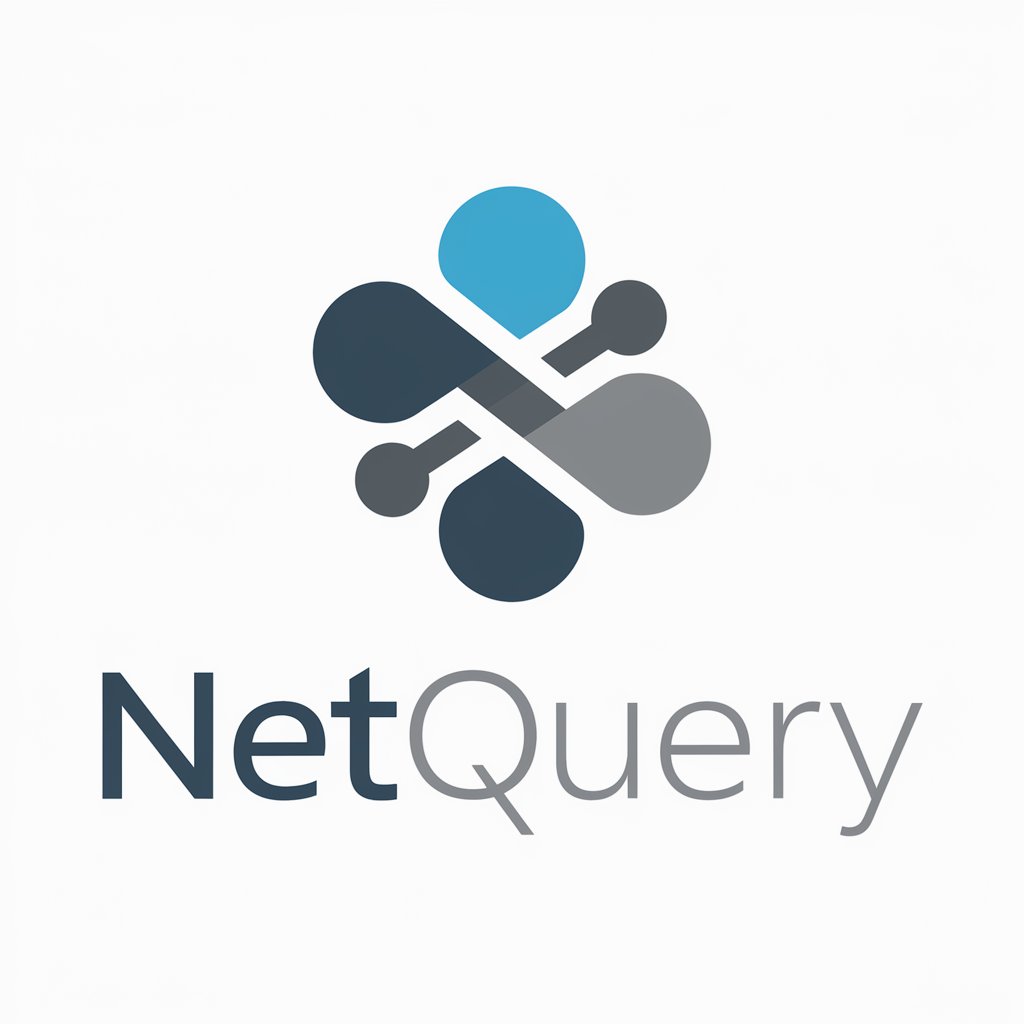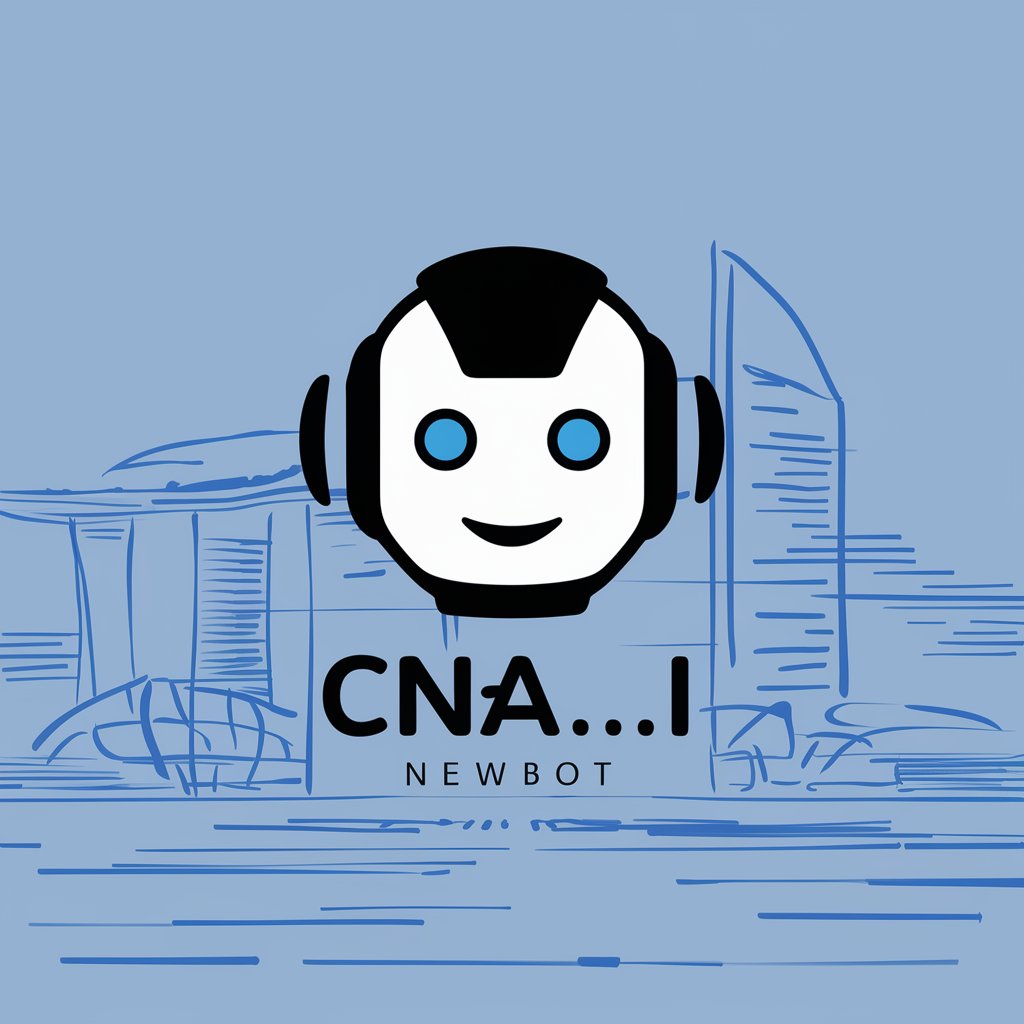
QNN - Quaternion Neural Network

Hi, I'm QNN! Ready to dive into quaternions and neural networks?
Harnessing Quaternions for AI-Powered Spatial Computing
How do I implement quaternion multiplication in Python?
Can you explain AOS-ELM in the context of neural networks?
What's the best way to optimize UAV positioning algorithms?
How should I structure my neural network for spatial data processing?
Get Embed Code
Introduction to QNN
QNN, short for Quaternion Neural Networks, is designed to merge the complex mathematical properties of quaternions with the robust data processing capabilities of neural networks. Quaternions are hypercomplex numbers comprising a scalar and a three-dimensional vector component, which are particularly useful in computational areas involving three-dimensional space, such as computer graphics, robotics, and aerospace. By incorporating quaternion algebra, QNN can manage and process multidimensional data more effectively than traditional neural networks. This leads to enhanced learning capabilities in environments where orientation and rotation are pivotal. An example of QNN application is in the development of flight control algorithms where its ability to handle the orientation and rotation dynamics of UAVs significantly improves flight stability and efficiency. Powered by ChatGPT-4o。

Main Functions of QNN
Handling Multidimensional Rotational Data
Example
Use in aerospace for tracking and controlling the orientation of satellites in three-dimensional space.
Scenario
QNN's ability to integrate quaternion operations allows it to process the rotational data of a satellite efficiently, providing accurate control commands to adjust its position and orientation.
Enhanced Pattern Recognition
Example
Improving gesture recognition systems for virtual reality applications.
Scenario
By processing quaternion-encoded information from motion sensors, QNN can accurately recognize complex hand gestures, providing a more immersive VR experience.
Noise Resistant Predictions
Example
Application in financial markets for predicting stock prices.
Scenario
QNN models can leverage quaternion algebra to filter out noise from multiple data sources, enabling more reliable stock price predictions amidst market volatility.
Ideal Users of QNN
Aerospace Engineers
They can use QNN to enhance the accuracy of simulation models and control systems for aircraft and spacecraft, benefiting from its superior handling of three-dimensional orientation data.
VR/AR Developers
These developers can integrate QNN to improve the accuracy and responsiveness of gesture recognition systems in VR/AR applications, taking advantage of its efficient processing of rotational data.
Financial Analysts
Financial analysts can employ QNN for predictive analytics in stock markets, where its ability to handle noise significantly boosts the reliability of predictions.

Usage Steps for QNN
Step 1
Visit yeschat.ai for a trial without logging in, no ChatGPT Plus required.
Step 2
Familiarize yourself with the basic concepts of quaternions and neural networks, as these are fundamental to using QNN.
Step 3
Check the system requirements and prerequisites such as Python libraries and hardware specifications.
Step 4
Experiment with basic examples provided in the documentation to understand the workflow and capabilities of QNN.
Step 5
Utilize the community forums and support for troubleshooting and optimizing your projects with QNN.
Try other advanced and practical GPTs
RoboQuat Researcher
Powering Robotics and AI Research

Personalized First Liner
Craft Unique Openers with AI

Jokester Genius
Laugh smarter with AI-powered humor

Azure Ace
Empowering Cloud Mastery with AI

Übersetzer Journalist
Translating with journalistic precision.

Personalized Nutrition and Meal Planner
Smart Nutrition, Simplified Planning

Mozart
Explore Classical Genius with AI

Jokester Dad
Crafting Laughter with AI

lawYEAH
AI-Powered Legal Document Creation

🌱 Queer Occultist 💖
Mystical AI-powered life guidance

Quiz Master Pro
Empowering Inquiry with AI-Driven Quizzes

English Polish Pro
Enhance your English with AI

Detailed Q&A about QNN
What is the core functionality of QNN?
QNN specializes in integrating quaternion algebra with neural networks, enhancing the modeling of three-dimensional spatial data and complex rotations.
How does QNN differ from traditional neural networks?
Unlike traditional neural networks that operate with scalar numbers, QNN uses quaternions which encapsulate four elements, allowing for more efficient processing of 3D data.
Can QNN be used for robotics applications?
Yes, QNN is highly suitable for robotics, especially in tasks requiring the manipulation and interpretation of 3D space and orientations.
What are the prerequisites to start using QNN?
A solid understanding of both quaternion mathematics and neural networks is required, along with proficiency in Python programming.
Are there any specific industries where QNN finds particular use?
Yes, industries like virtual reality, aerospace, and robotics, where spatial data manipulation is crucial, can benefit significantly from QNN.





